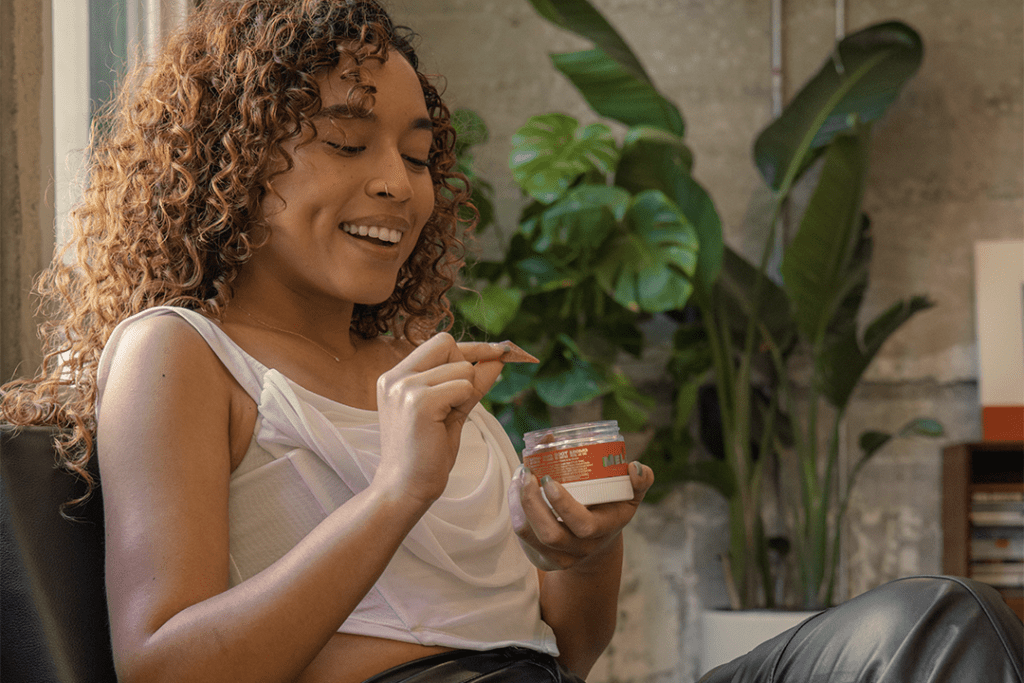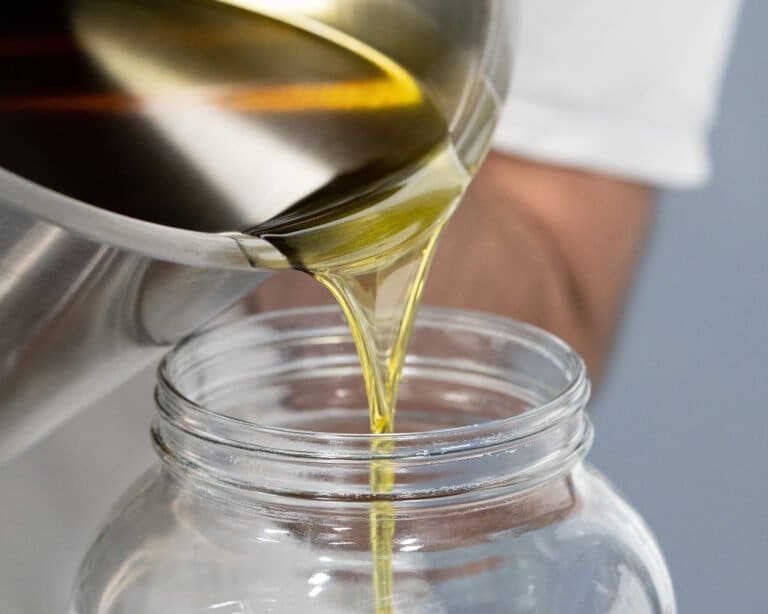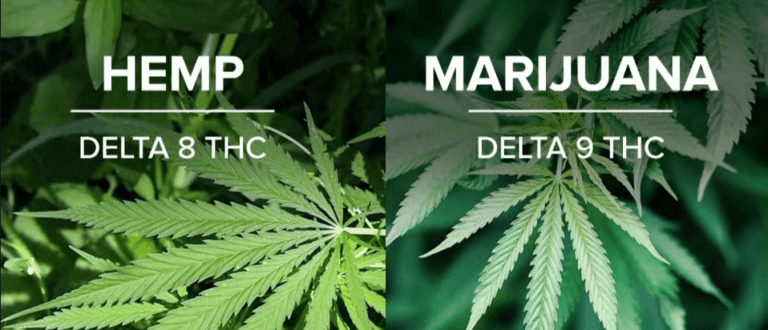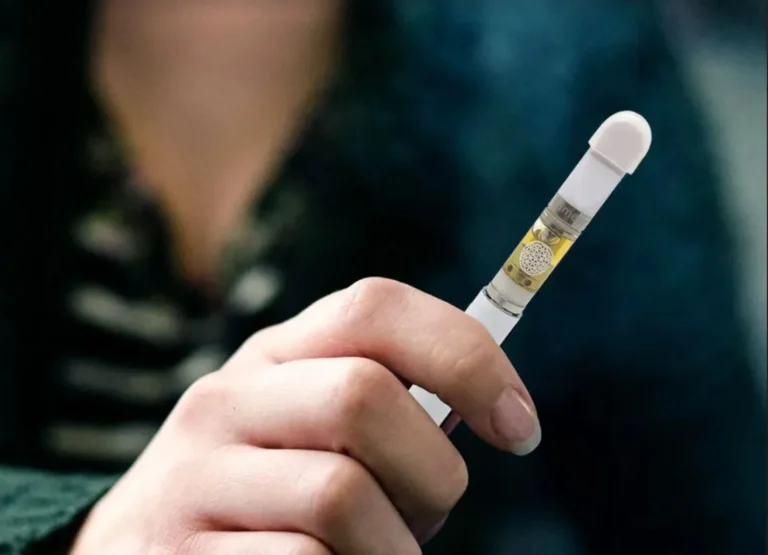Delta 9 Tolerance
In the dynamic world of cannabis consumption, one term that frequently comes up is “tolerance.” Specifically, “delta 9 tolerance” refers to the body’s adaptation to the effects of delta-9-tetrahydrocannabinol (Delta 9 THC), the primary psychoactive component in cannabis. Over time and with regular use, individuals often find that they need higher doses to achieve the same effects, a phenomenon that can be both intriguing and frustrating. Understanding the mechanics of delta 9 tolerance, the strategies for managing it, and how it compares to tolerance for other cannabinoids like Delta 8 THC can enhance your cannabis experience.
Delta 9 THC interacts with the body’s endocannabinoid system, particularly binding to the CB1 receptors in the brain and nervous system. This interaction is what produces the characteristic euphoric high associated with cannabis use. However, with consistent exposure to Delta 9 THC, the CB1 receptors become desensitized or downregulated, meaning they respond less effectively to the cannabinoid. This process is the fundamental basis of delta 9 tolerance.
As tolerance builds, users may find themselves consuming more significant amounts of Delta 9 THC to achieve the desired effects, which can lead to increased costs, potential side effects, and a diminished overall experience. One common strategy to combat this is the delta 9 tolerance break. A tolerance break, or “T-break,” involves abstaining from cannabis for a period, allowing the CB1 receptors to reset and regain their sensitivity to THC. The length of a tolerance break can vary, typically ranging from a few days to several weeks, depending on the individual’s consumption habits and the degree of tolerance developed.
During a tolerance break, the body begins to reverse the desensitization of CB1 receptors. Research suggests that even a short break can significantly reduce tolerance levels, enabling users to experience the effects of Delta 9 THC more intensely once they resume consumption. While on a tolerance break, some users explore other cannabinoids, such as CBD, which does not interact with CB1 receptors in the same way and therefore does not contribute to Delta 9 tolerance.
An interesting question that often arises is: are delta 8 and delta 9 tolerances different? Delta 8 THC, a close relative of Delta 9, also interacts with the endocannabinoid system but is generally considered to produce milder psychoactive effects.

While both Delta 8 and Delta 9 THC can lead to tolerance, some anecdotal evidence suggests that the tolerance to Delta 8 THC may develop at a different rate or require different amounts compared to Delta 9. However, scientific research in this area is still emerging, and more studies are needed to draw definitive conclusions.
Managing delta 9 tolerance effectively involves a combination of strategies. Beyond tolerance breaks, users can consider adjusting their consumption methods and frequencies. Rotating between different cannabinoids, like Delta 8 THC and CBD, can help prevent the rapid buildup of tolerance. Additionally, mindfulness in dosing and understanding personal limits are crucial. Lowering the intake and opting for occasional use instead of daily consumption can also slow down the rate at which tolerance develops.
Understanding the body’s unique response to Delta 9 THC is essential. Factors such as metabolism, genetic predispositions, and overall health can influence how quickly tolerance builds. Staying informed about the latest research and being attuned to one’s own experiences can guide more personalized and effective management of delta 9 tolerance.
Delta 9 tolerance is a natural physiological response to the regular consumption of Delta 9 THC. While it can be frustrating, particularly for those seeking the therapeutic benefits of cannabis, there are effective strategies to manage and reset tolerance levels. Taking delta 9 tolerance breaks, exploring other cannabinoids, and being mindful of consumption habits are key approaches. As the understanding of cannabinoids continues to evolve, so too will the methods for maintaining an optimal and enjoyable cannabis experience. By staying informed and adaptable, users can navigate the complexities of delta 9 tolerance and enhance their relationship with this powerful plant.







